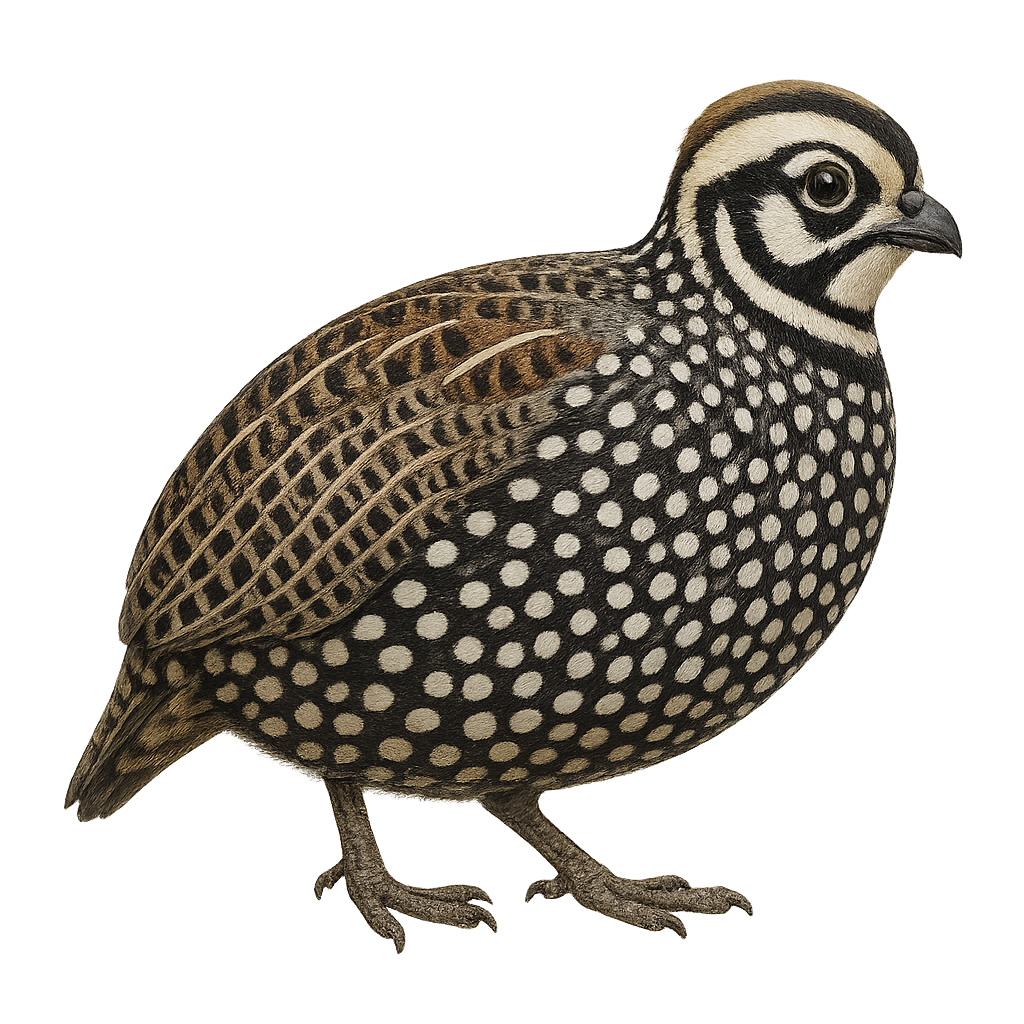Your wildlife photography guide.
Explore the montezuma quail in detail, study its behavior, prepare your shots.
Where to observe and photograph the montezuma quail in the wild
Learn where and when to spot the montezuma quail in the wild, how to identify the species based on distinctive features, and what natural environments it inhabits. The WildlifePhotographer app offers tailored photography tips that reflect the montezuma quail’s behavior, helping you capture better wildlife images. Explore the full species profile for key information including description, habitat, active periods, and approach techniques.
Montezuma Quail
Scientific name: Cyrtonyx montezumae

IUCN Status: Least Concern
Family: ODONTOPHORIDAE
Group: Birds
Sensitivity to human approach: Suspicious
Minimum approach distance: 10 m
Courtship display: May to August
Incubation: 23-25 jours
Hatchings: May to September
Habitat:
Grasslands, wooded areas, mountains
Activity period :
Primarily active during the day, with peak activity in the morning and late afternoon.
Identification and description:
The Montezuma Quail is a medium-sized ground bird, known for its distinctive and colorful plumage. Males feature a striking black and white head with mask-like patterns, while females have a more subdued brown and speckled appearance. These birds are primarily found in the mountainous regions of the southwestern United States and Mexico, inhabiting grasslands and wooded areas. They feed mainly on seeds, insects, and bulbs, which they dig up with their strong legs. The Montezuma Quail is a discreet bird, often difficult to spot due to its shy behavior and ability to blend into its surroundings.
Recommended lens:
400mm – adjust based on distance, desired framing (portrait or habitat), and approach conditions.
Photography tips:
To photograph the Montezuma Quail, it is advisable to use a telephoto lens of at least 400mm to capture detailed images from a distance. As these birds are suspicious, it's important to remain discreet and blend into the environment. Opt for early morning or late afternoon hours to take advantage of soft, natural light. Use a tripod to stabilize your camera and be patient, as these birds can remain still for long periods.
The WildlifePhotographer App is coming soon!
Be the first to explore the best nature spots, track rutting seasons, log your observations, and observe more wildlife.
Already 1 432 wildlife lovers subscribed worldwide

